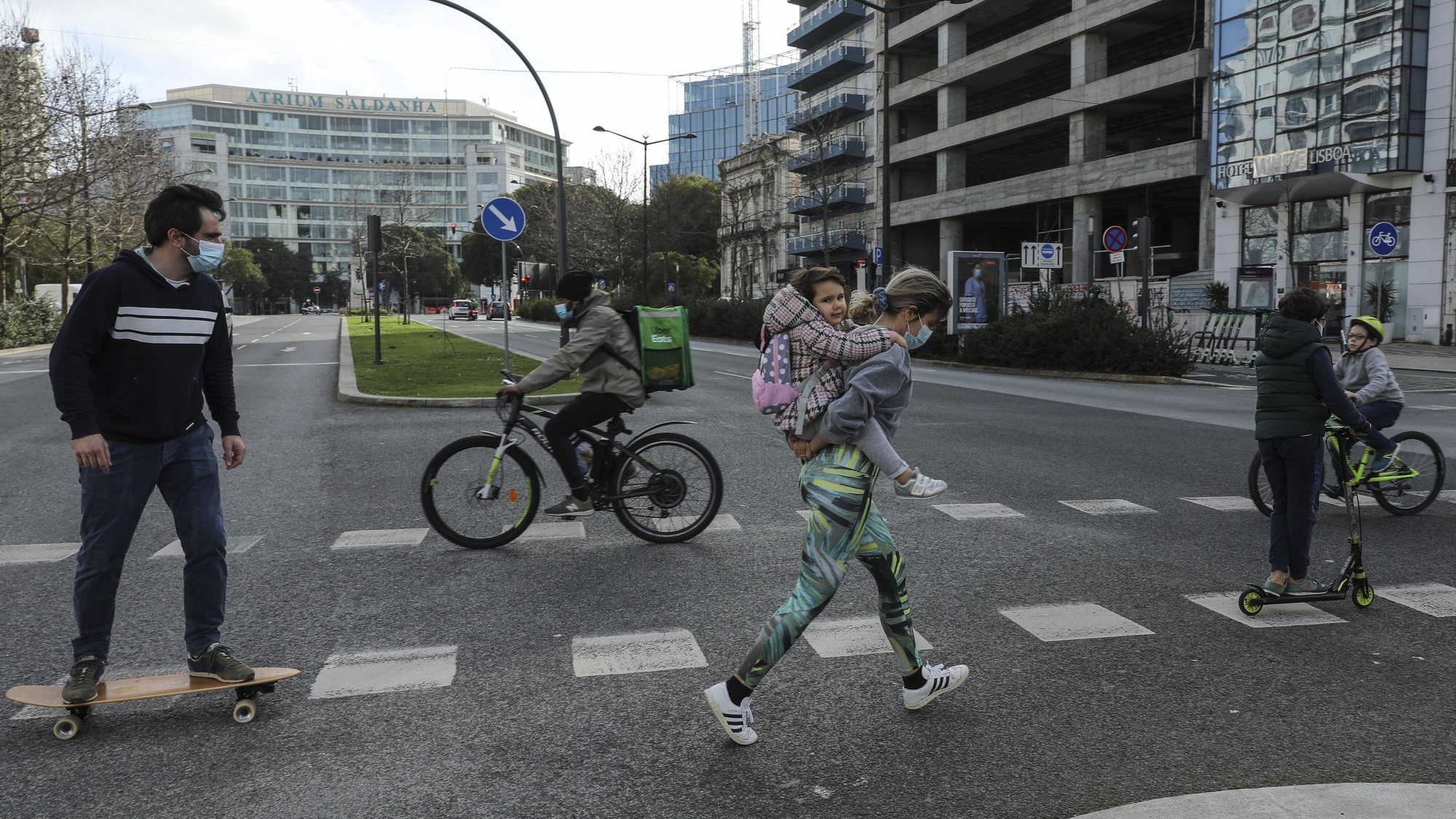Two specialists in geography and transportation consulted by Lusa, José Rio Fernandes and José Manuel Viegas, defended the conceptual and physical separation between cars, scooters and pedestrians, based on the case of Porto.
Treating the scooter like a car and sending it to the car lane does not seem to me the most appropriate policy,” the geographer and professor at the Faculty of Arts of the University of Porto José Rio Fernandes told Lusa.
Asked about the regulations that prohibit the use of company scooters in the Conditioned Automobile Access Areas (ZAAC) of Porto, as well as their authorization for use on the municipality’s road network, Rio Fernandes said that “it does not seem bad for the scooter to circulate.” ” in pedestrian streets like ZAAC.
José Manuel Viegas, professor emeritus at the University of Lisbon, suggested that, as the ZAAC “are streets that do not have regular cars, they have a very generous width for pedestrians”, and it could be “possible to identify lanes for scooters, within these streets”.
The also president of the consulting firm TIS recalled the “general principle of traffic engineering” in which “vehicles with very different speeds should not coexist in the same lane.”
That increases the probability of a collision, simple as that,” he told Lusa, noting that, ideally, a cross-section lane should be “width for pedestrians, then another wide zone for bicycles and scooters, one more for cars.” , and one more for public transport”.
However, Porto has “many streets less than six meters” wide, which, according to José Manuel Viegas, will mean that there will be some “streets where only cars and pedestrians pass to reach the doors of houses, and others through which only bicycles, scooters and pedestrians pass”.
“Is it convenient? It’s not, but it’s the city we have. It’s like that. Even today there are streets where cars can’t go through, streets where trucks can’t go, streets where buses can’t go,” justified.
José Rio Fernandes compared the conceptual difference to roller skates, considering that “the look should be more like that” for scooters.
Both the scooter and the bicycle, he added, “should have a much larger opening, and the car should be forced to behave more like a bicycle.”
In addition, “if the scooter were allowed on pedestrian streets, users should be very careful because they are in a pedestrian space,” Rio Fernandes defended Lusa.
For the geographer, “what is essential is the behavior of those who use the scooter”, a means of transport that, being “a novelty, is not easy to discipline”.
It is a flexible mode, very individual, it reaches a certain speed and, therefore, it is very prone to accidents, misuse in a city”, he reflected.
José Manuel Viegas highlights that “the evolution of technology and business models is faster than the evolution of regulations”, all over the world.
“We cannot demand a 100% efficient system for scooters, because we do not demand it for cars either,” he said, regarding the inspection of irregularities.
José Rio Fernandes considers that, over time, “scooters will tend to have a more disciplined, more regulated, more socially correct use.”
On Thursday, the councilor for Urbanism and Public Space of the Porto Chamber, Pedro Baganha, told reporters that the scooter phenomenon is “clearly” positive, but it cannot “harm the weakest link” of urban circulation, pedestrians. .
The councilman of the executive headed by the independent Rui Moreira also said that the municipality is “internally reflecting” on the issue.
Source: Observadora
